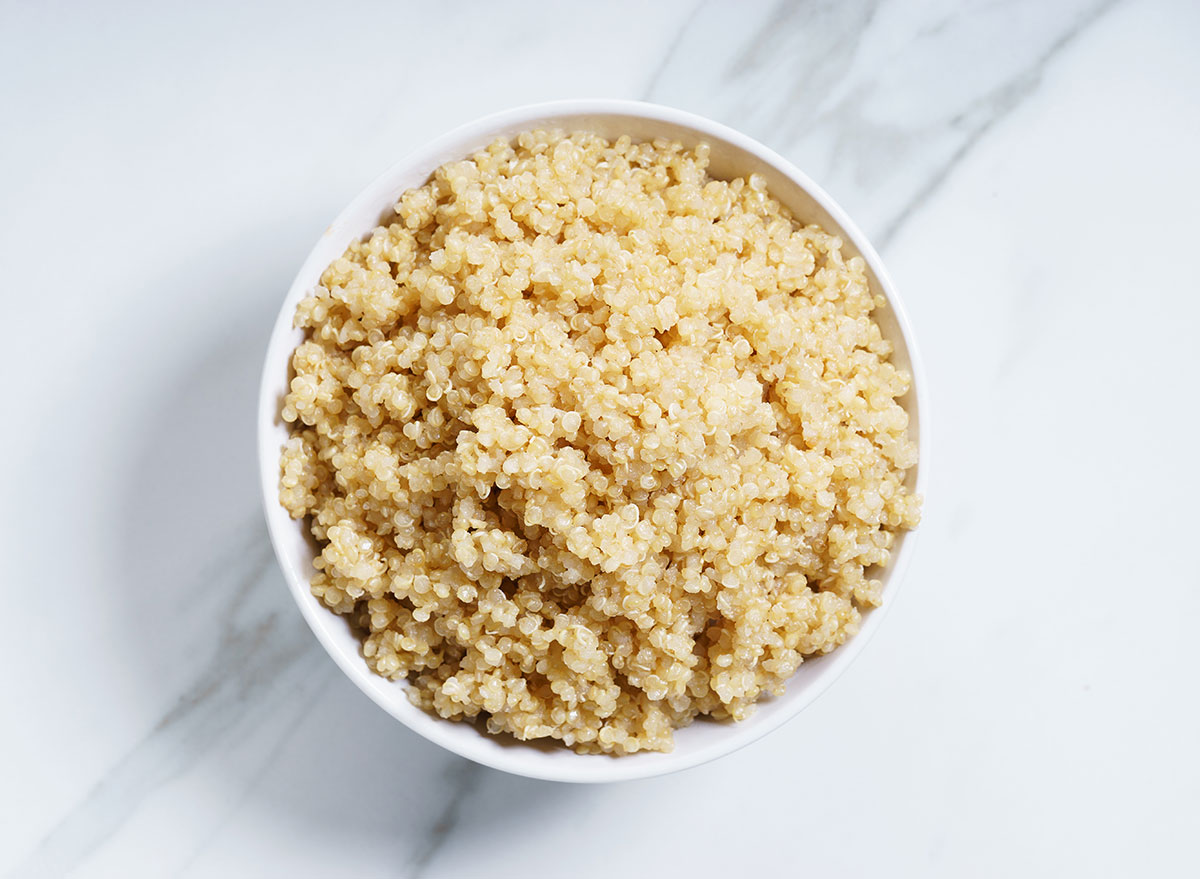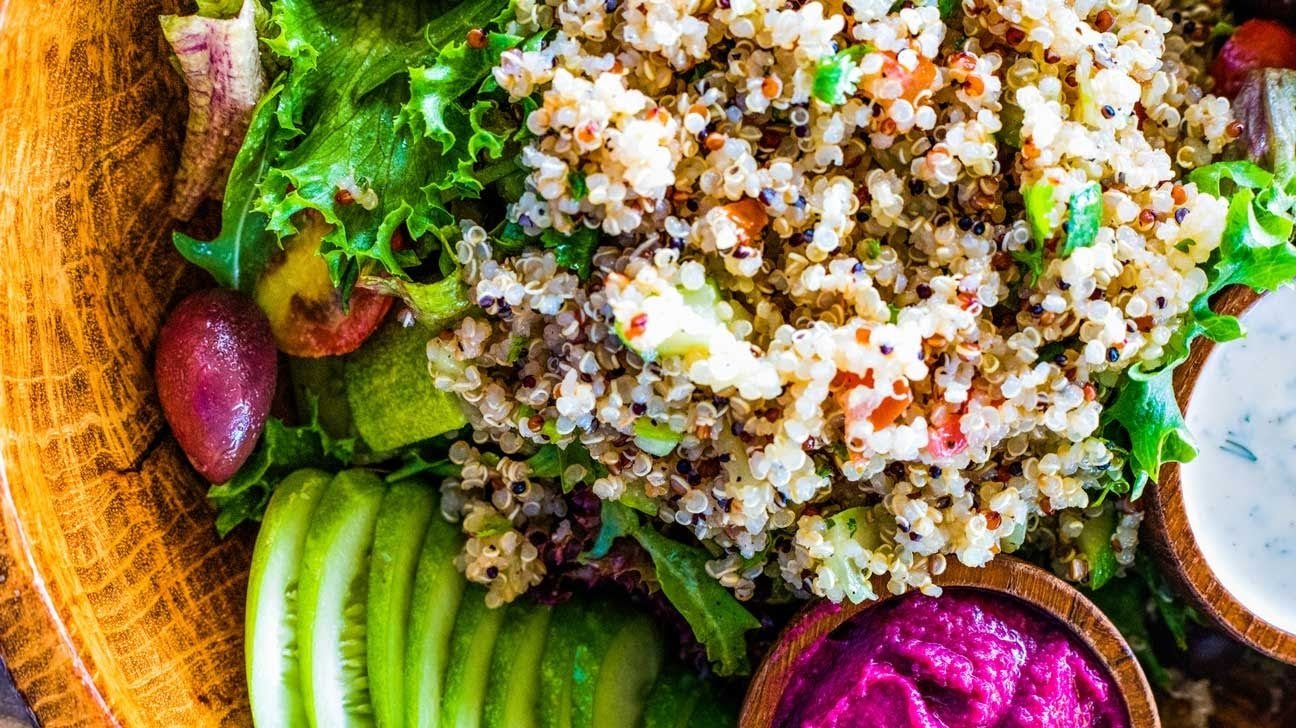Have you ever wondered if that superfood you’re enjoying might not be quite so super after all? Quinoa has taken the health world by storm, and while it has its benefits, it’s important to look at the other side of the coin. Let’s break down what the downsides of quinoa might be.
What is Quinoa?
Quinoa, often described as a grain, is actually a seed from the plant Chenopodium quinoa. Originating from the Andes region of South America, it’s celebrated for its nutritional profile and versatility in cooking. But before you stock your pantry full of this ancient seed, let’s take a closer look at some potential drawbacks.
Nutritional Content
Quinoa is touted for being a complete protein, which means it contains all nine essential amino acids. It’s also loaded with fiber, vitamins, and minerals, making it a popular choice for those looking to improve their diet. However, that doesn’t mean it’s without its flaws.
High in Carbohydrates
Despite being a great protein source, quinoa is still relatively high in carbohydrates. If you’re following a low-carb diet or managing blood sugar levels, you might want to keep your quinoa portions moderate. It’s not a free pass to eat as much as you want without consequences.
Caloric Density
While quinoa is nutritious, it can also be quite calorically dense. If you’re watching your caloric intake, it’s easy to overindulge with quinoa. One cup of cooked quinoa contains around 220 calories, which can add up quickly if you’re adding it to salads or using it as a base for other dishes.
Anti-Nutrients in Quinoa
Here’s where things get a bit complicated. Quinoa contains certain anti-nutrients like saponins, oxalates, and phytates. These compounds may inhibit the absorption of essential nutrients and can lead to digestive issues if quinoa isn’t prepared properly.
Saponins
Saponins are naturally occurring compounds that can make quinoa taste bitter. They can interfere with your body’s ability to absorb nutrients. Although rinsing quinoa thoroughly can help to remove most saponins, it’s still worth keeping in mind that some residue may remain.
Oxalates and Phytates
Oxalates and phytates can bind with minerals like calcium, iron, and zinc, making them less available for absorption. For those with certain health conditions, such as kidney issues, consuming foods high in oxalates might not be ideal.
Digestive Concerns
For many, high-fiber foods are a boon. Yet, for some people, the fiber in quinoa can lead to digestive discomfort. If you’re not used to consuming a lot of fiber, you might find yourself facing bloating or gas when introducing quinoa into your diet.
Gluten Sensitivity or Celiac Disease
While quinoa is naturally gluten-free, cross-contamination can occur during processing, especially if it’s packaged in facilities that also handle gluten-containing grains. If you’re gluten-sensitive or have celiac disease, it’s crucial to double-check labels or opt for certified gluten-free quinoa.
Environmental Impact
On the surface, quinoa seems like a green choice since it’s often associated with healthy eating. However, the reality of its environmental impact is more complex. As demand has surged, farming practices have shifted, which can affect local ecosystems.
Farming Practices
As farmers rush to meet the global demand for quinoa, certain practices can lead to soil depletion and contribute to the loss of biodiversity. If you’re mindful of sustainability, you might want to research where your quinoa comes from or choose brands committed to responsible farming methods.
Water Usage
Quinoa is a hardy plant that can grow in less-than-ideal conditions, but water usage can still be a concern. In some areas, particularly where it’s grown in South America, it takes significant water resources to cultivate. Be aware of the ecological footprint associated with your food choices.
Potential Allergies
Believe it or not, some individuals can be allergic to quinoa. While this is relatively rare, if you experience any reactions—like rashes, digestive issues, or respiratory discomfort—after consuming quinoa, it’s wise to consult a professional.

Moderation is Key
You’ve likely heard the phrase “too much of a good thing.” It’s true when it comes to quinoa. While it can be a fantastic addition to a balanced diet, moderation is crucial.
Balanced Diet Considerations
Instead of relying solely on quinoa to meet your nutritional needs, consider incorporating a variety of whole grains like brown rice, barley, or farro. This diversity can help ensure you’re getting a broader array of nutrients.
Portion Control
When cooking with quinoa, be mindful of portion sizes. A serving is generally about one cup cooked. Sometimes, we can easily overestimate how much we’re actually eating, especially in grain-based salads or bowls. Keeping an eye on your portions can help prevent those unwanted calorie additions.

Conclusion
So, after taking a long look at quinoa’s downside, what do you think? While it’s undoubtedly a nutritious food with plenty of benefits, it’s essential to be aware of its potential pitfalls. Whether it’s digestive discomfort, anti-nutrients, allergies, or environmental impacts, understanding these factors can help you make informed choices about how and when you enjoy quinoa.
As with many things in life, balance is vital. If you love quinoa, enjoy it—but remember there are other grains out there that can complement your meals without overshadowing your overall health goals. Happy eating!


